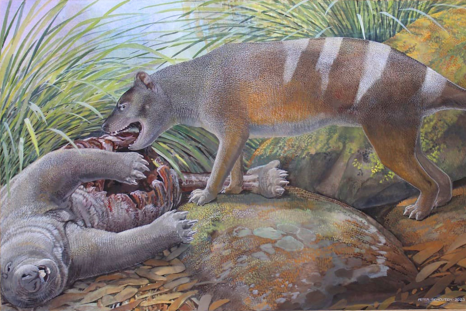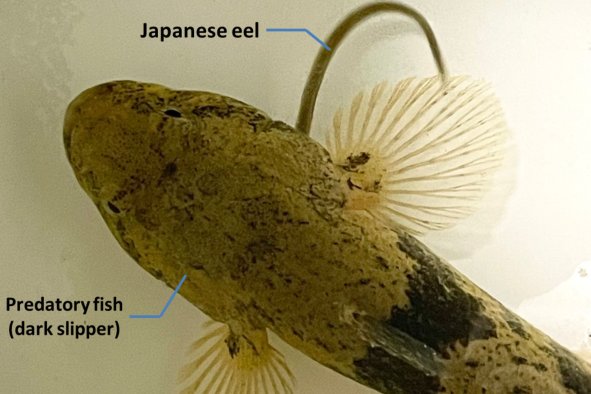Ancient bronze artifacts dedicated to a warrior god have been uncovered in a fortress that dates back to around 2,700 years ago.
The bronze items—three shields and a helmet—were found during excavations at the archaeological site of Ayanis, an ancient citadel and settlement in what is now Van province in eastern Turkey, Culture and Tourism Minister Mehmet Nuri Ersoy announced on social media.
Ayanis was a citadel city founded in the seventh century B.C. by the Urartian king Rusa. Urartu was an Iron Age kingdom that extended across parts of what is now eastern Turkey, Armenia, Iran and Iraq.
The kingdom, renowned for its mastery of stone, metal and weaponry, was one of the most powerful states in West Asia during the eighth and seventh centuries B.C. It rose to power in the mid-ninth century before gradually declining in the early sixth century B.C.
Ayanis is widely considered to be the last major architectural glory of the ancient kingdom. It was founded with a 15-acre citadel atop a rocky hill at an altitude of around 6,100 feet, overlooking nearby Lake Van—the largest in Turkey—according to a recent study published in the journal Journal of Archaeological Science: Reports.
Surrounding the citadel was the 198-acre outer city, which was spread out across the hills, foothills and valleys on the eastern shore of Lake Van.
Archaeological excavations at Ayanis have been carried out since 1989, with most of the efforts focused on the citadel area. Over this time, archaeologists have unearthed numerous finds at the citadel. These include numerous monumental spaces, impressive walls, various artworks, a significant number of bronze artifacts (such as armor, helmets and spears) and a large temple complex with monumental inscriptions.
The recently discovered bronze artifacts were unearthed this year as part of an ongoing excavation project—led by Mehmet Işıklı of Atatürk University's Archaeology Department—that has been ongoing for more than 35 years.
These objects were found in the monumental temple complex, which was dedicated to the Urartian warrior god Haldi, and reflect the "richness" of the ancient kingdom's metalwork, Ersoy said.
A variety of objects associated with war, such as bronze shields, helmets and spearheads, have been found at Haldi's temples across the ancient kingdom. These objects appear to have been dedicated to him, as is the case with the recent finds.
Haldi, who had warrior status, was the chief deity in the mythology of Urartu. But while he was primarily associated with warfare, the Urartians also believed that he had the power to provide affluence and abundance. Therefore, he was also associated with agriculture and animal husbandry.
The recently discovered bronze artifacts are in "remarkably" good condition, Işıklı told the Hürriyet Daily News, a Turkish newspaper. This is fortunate given that Ayanis appears to have been severely damaged by a major earthquake, which likely ended the Urartian settlement at the site.
"Many of the artifacts are deformed due to this damage, but the shields and helmet are still in great condition," Işıklı said.
The bronze artifacts were found in what archaeologists believe was some kind of ceremonial room.
"We believe the helmet we found was used in ceremonies due to its detailed and intricate decorations," Işıklı said.
The bronze shields are among more than 30 that have been uncovered at the site so far, many in temple areas.
"These shields likely belonged to the royal family or an elite warrior group, as Urartians were known to gift such items to nobility," Işıklı said. "The god Haldi plays a central role in the Urartian belief system, and these shields, many of which were found near temple sites, were likely offerings or ceremonial gifts."
There is evidence to suggest that Haldi was believed to have guided Urartian royals and the army into battle.
Ayanis' strategic location enabled the Urartians to control the surrounding areas and protect their resources, which included agricultural lands and trade routes.
"This area was a hub of metalwork, particularly bronze weapons," Işıklı said. "Our ongoing work here reveals the Urartians' exceptional skills in metallurgy."
Do you have a tip on a science story that Newsweek should be covering? Do you have a question about archaeology? Let us know via science@newsweek.com.
Disclaimer: The copyright of this article belongs to the original author. Reposting this article is solely for the purpose of information dissemination and does not constitute any investment advice. If there is any infringement, please contact us immediately. We will make corrections or deletions as necessary. Thank you.




